Secret Museum Rooms: The Hidden Homes of Ancient Erotica, Sacred Objects, and Flesh-Eating Beetles
Museum curators and caretakers work hard to make their buildings and collections inviting and accessible, but a lot goes on behind the scenes to keep these cultural edifices running, most of which the general public is never granted access to. From collections deemed too scandalous for society’s delicate sensibilities to strange practices that enable curators and designers to do their work, many museums have a secret room (or two or ten) well out of the public eye. Here are a few of those, full of books, boobs, and beetles.
Secretum in the British Museum

The Bodhisattva Tara, one of the earliest items in the Secretum (photograph by Gryffindor/Wikimedia)
Founded in 1865 in the wake of the Obscene Publications Act (1857), the British Museum’s Secretum — originally called the “Cabinet of Obscene Objects” — was basically a repository for antique porn. Containing some 200 “abominable monuments to human licentiousness,” the secret room required a special permit for entrance, which was only granted to people “of mature years and sound morals.” The collection included antiquities like wax votive phalluses from churches in Isernia, 18th-century animal-membrane condoms tied with silk ribbons, and a Victorian reproduction of a medieval chastity belt. In the last fifty years, most of the objects that originally filled the Secretum have been dispersed to other museums and collections where they fit thematically or chronologically, but about half of the early objects remain locked away in the Department of Medieval and Later Antiquities.
Gabinetto Segreto in the Naples National Archaeological Museum
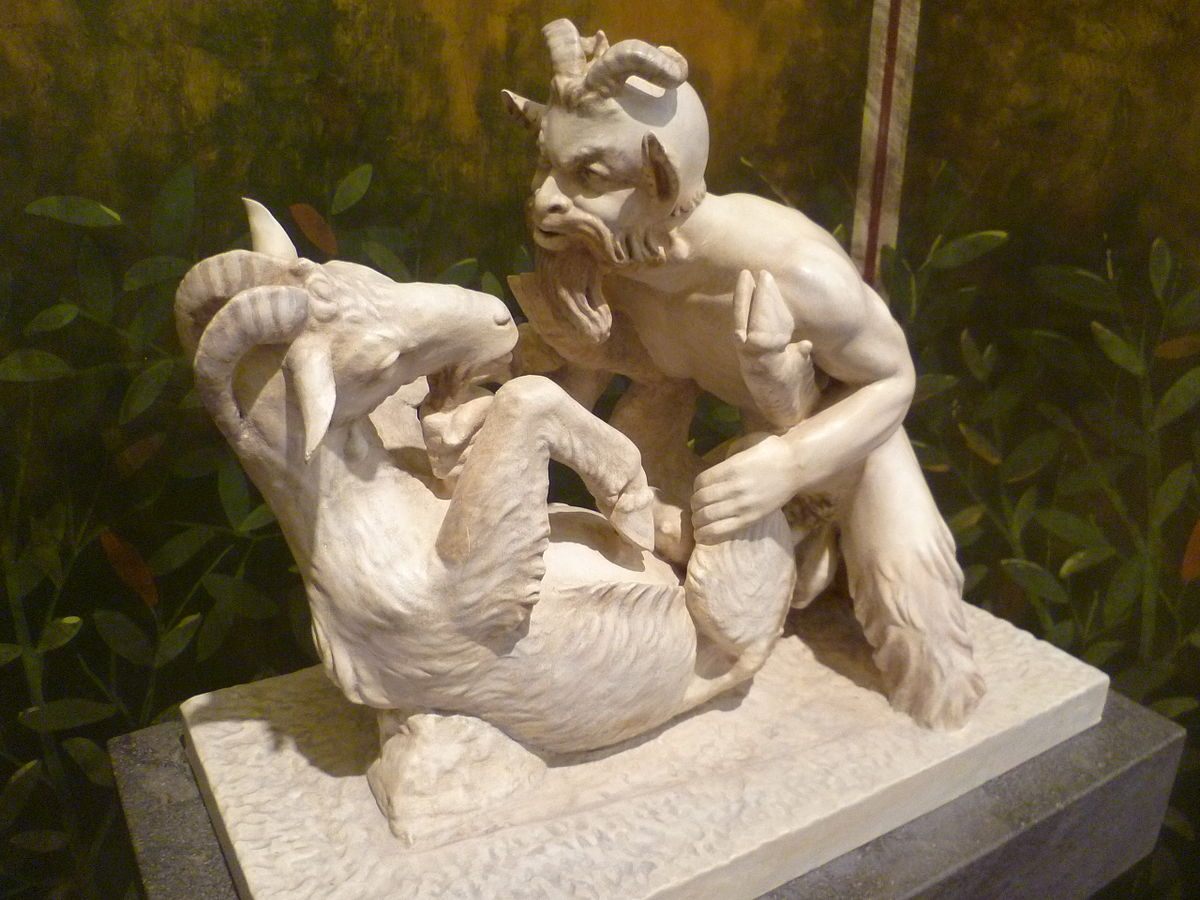 “Pan copulating with goat,” one of the most famous objects in the Naples Museum collection (photograph by Kim Traynor/Wikimedia)
“Pan copulating with goat,” one of the most famous objects in the Naples Museum collection (photograph by Kim Traynor/Wikimedia)
Another case of keeping explicit materials out of sight of the respectable, upstanding citizenry, the Gabinetto Segreto housed explicit artifacts from Pompeii starting in 1821. These included erotic frescoes, phallic lamps, stone phalluses, and bronze statues of nudes. Only men of education and means were admitted to the Secret Cabinet, and only for a time — in 1849 it was bricked up. The Gabinetto was re-opened and re-closed several more times, and in 2005 it was moved to a separate room in the Naples National Archaeological Museum, where it remains.
Restricted Aboriginal Objects at the National Museum of Australia
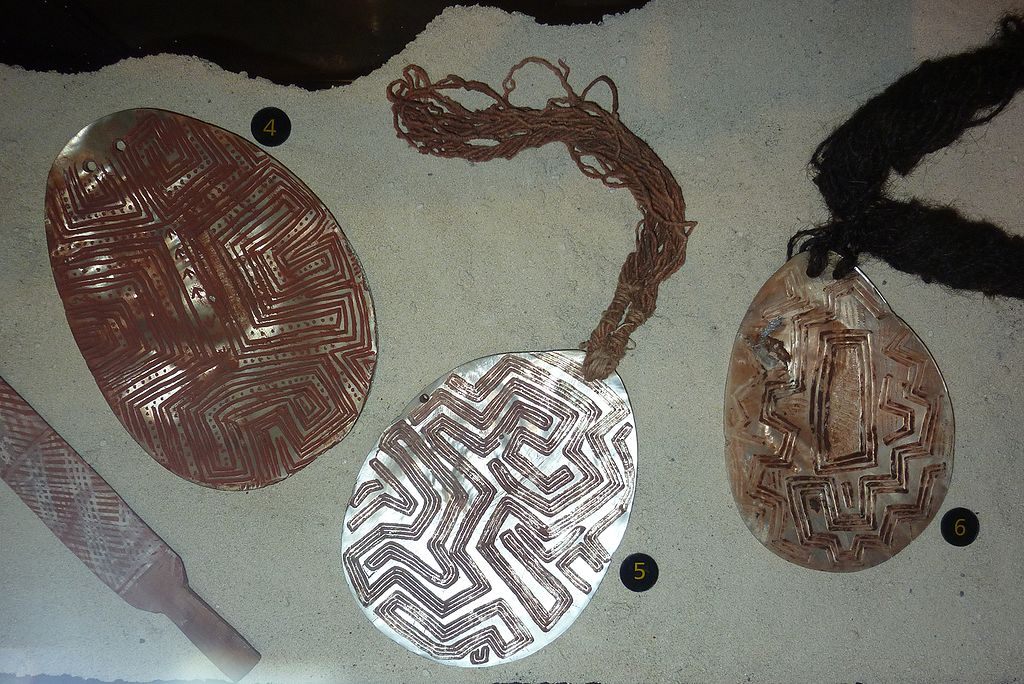 Aboriginal pearl shell ornaments exhibited in the Australian Museum (photograph by Schomynv/Wikimedia)
Aboriginal pearl shell ornaments exhibited in the Australian Museum (photograph by Schomynv/Wikimedia)
Unlike collections that are hidden because of antiquated notions of cultural propriety, the National Museum of Australia restricts its Aboriginal art out of respect. David Kaus, Senior Curator of the museum’s Aboriginal and Torres Strait Islander Programs, wrote a long report detailing the museum’s policies and practices regarding sacred Aboriginal ceremonial and art objects, including bark paintings, carved stones, photographs, and recordings of secret songs. In it he says, “It is the responsibility of museums to respect the cultures they want to depict. The public use of Aboriginal secret/sacred objects is not consistent with this responsibility.” Access to the restricted objects requires permission from traditional Aboriginal custodians, and the museum also has a diligent repatriation program that strives to return these objects to their rightful custodians.
Chicago Field Museum’s Flesh-Eating Beetle Room
 Dermestid beetles eating the tissue from skulls (photograph by JimJones1971/Wikimedia)
Dermestid beetles eating the tissue from skulls (photograph by JimJones1971/Wikimedia)
The Chicago Field Museum has a lot of secrets. There’s the Bird Egg Collection, with over 500,000 specimens; the Rare Book Room, containing some 7,500 volumes and 3,000 works of art; and the Collections Resource Center, a $65 million, 186,000-square-foot underground facility that houses more than 13 million museum specimens and objects when they’re not on display. But the strangest secret of all is the flesh-eating beetle room.
Dermestid beetles are well known to taxidermists and have been used in natural history museums since 19th-century France. The scavengers are even sometimes known as “museum beetles.” It takes a colony from a few days to a few weeks to remove all skin, brains, and guts from a deceased animal, leaving its clean bones ready for museum use. The Field Museum’s beetle room is filled with drying racks for carcasses (dermestid beetles won’t eat moist flesh), nine tanks where the work gets done, a freezer where the finished skeletons are held until they’re needed, and literally millions of beetles. (To see them in action, head over to this Chicago Tribune piece.)
Frick Secret Rooms
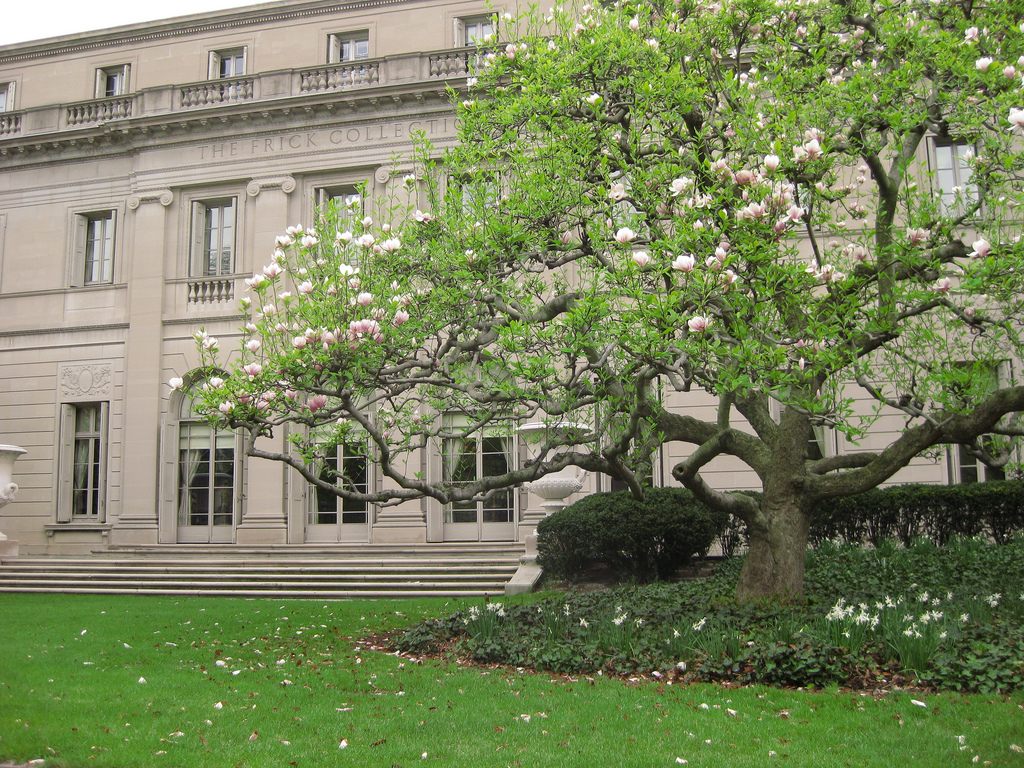 The Frick Collection (photograph by calamity_sal/Flickr)
The Frick Collection (photograph by calamity_sal/Flickr)
The Frick Collection is in the former home of steel magnate Henry Frick, on Manhattan’s Upper East Side. It contains a large number of paintings, sculpture, and furniture by some of the best-known European artists from the 13th through the 19th centuries. The mansion, built in 1913, was once the Frick family’s residence, and there are many rooms that are closed off to the public. Some of these include a two-lane bowling alley built in 1914, a billiards room, a woodshop, and a tiny diner.
Secret Insect Room in the World Museum in Liverpool
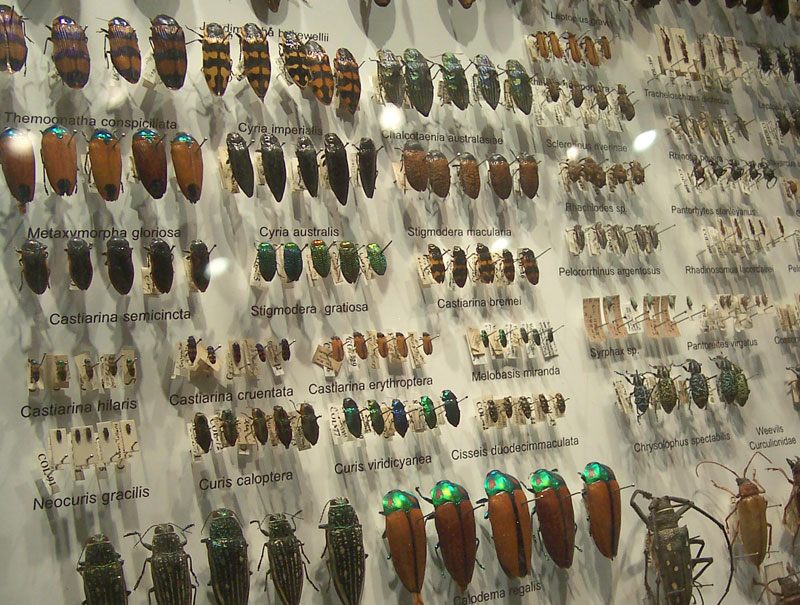 Beetle collection (photograph via Fir0002/Wikimedia)
Beetle collection (photograph via Fir0002/Wikimedia)
At Liverpool’s World Museum, a secret room holds about a million pinned insects, sorted and stored in dozens of cupboards. It’s one of the largest insect collections in the UK, and was started in 1855 by the 13th Earl of Darby. The collection features thousands of specimens from around the world, including the moth with the largest wingspan and the world’s largest beetle, the Goliath Beetle from Africa. It also includes some very rare specimens, including a collection of 5,000 beetles brought to Liverpool by a Swiss entomologist in 1849.
Vatican Archivum Secretum
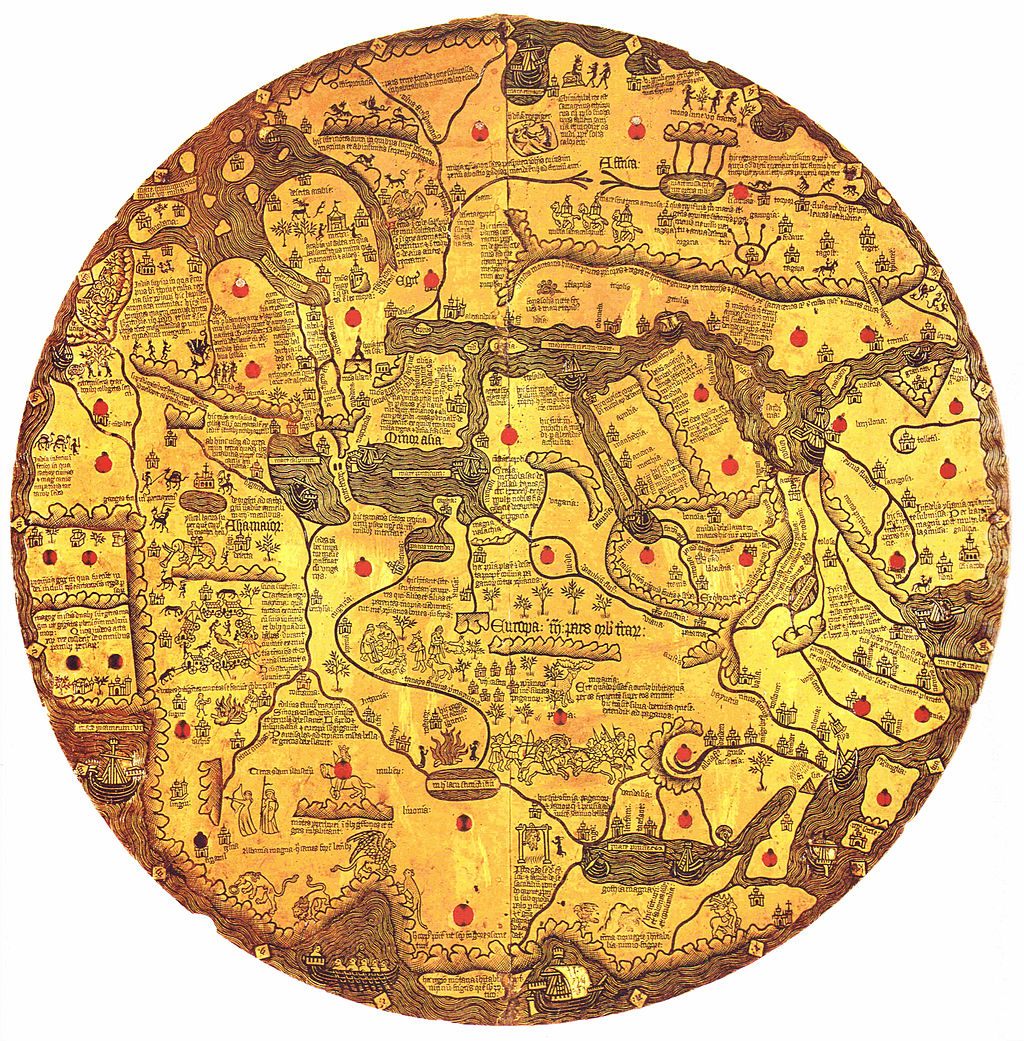
Mappa mundi in the Vatican Library (photograph via LeastCommonAncestor/Wikimedia)
The Vatican’s secret archives are not much of a secret, though access is highly restricted. They are the property of the Pope and encompass more than 50 miles of shelves, containing books, documents, correspondence, and ephemera dating back to the 8th century, as well as Papal account books and state papers. In order to gain access to the archives, one must request a specific item — not an easy task, since only a fraction of the archives has been catalogued. Another secret room, the 200-foot-high Tower of the Winds, is only accessible via the secret archives.

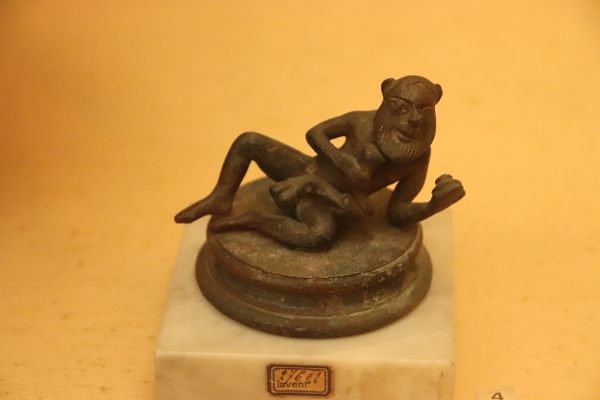





















Follow us on Twitter to get the latest on the world's hidden wonders.
Like us on Facebook to get the latest on the world's hidden wonders.
Follow us on Twitter Like us on Facebook